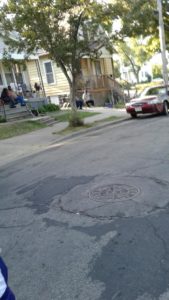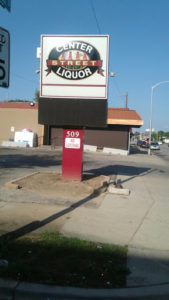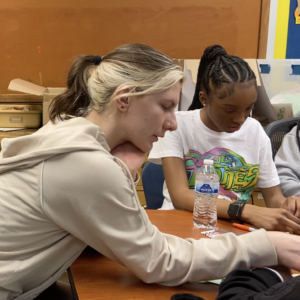 We’re in our second year of a working with Arijit Sen’s Architecture & Human Behavior class (Arch 302) at UWM. In collaboration with UWM’s Center for Student Experience & Talent (SET), we’ve placed the 150+ Arch 302 students in service learning roles with 25 teachers in 17 area schools, and with us. The focus of students’ work for Arch 302 is the design of learning spaces, and the 1-2 hours per week they each spend to support teachers and students serves as a field experience and preparation for their design challenge. Over the course of the semester, In teams of 2-3, Arch 302 students will develop design proposals to better address the needs of teachers, students, and staff who use the classrooms Arch 302 students are supporting. At five of those schools, teams are supporting teachers and students who have take on a parallel design challenge at their school. The two teams placed with us are focused on the room we use for most of our Collab Labs at MSOE’s STEM Center.
We’re in our second year of a working with Arijit Sen’s Architecture & Human Behavior class (Arch 302) at UWM. In collaboration with UWM’s Center for Student Experience & Talent (SET), we’ve placed the 150+ Arch 302 students in service learning roles with 25 teachers in 17 area schools, and with us. The focus of students’ work for Arch 302 is the design of learning spaces, and the 1-2 hours per week they each spend to support teachers and students serves as a field experience and preparation for their design challenge. Over the course of the semester, In teams of 2-3, Arch 302 students will develop design proposals to better address the needs of teachers, students, and staff who use the classrooms Arch 302 students are supporting. At five of those schools, teams are supporting teachers and students who have take on a parallel design challenge at their school. The two teams placed with us are focused on the room we use for most of our Collab Labs at MSOE’s STEM Center.
The framework we have in place for this effort creates wins all around– a richer experience for Arch 302 students, classroom support for teachers and schools, and exposure to new ways schools might look at the learning spaces they offer. Beyond all of that, given the number of Arch 302 students involved, roughly 2,500 K-12 students most of whom are in majority minority schools with high percentages of students from economically disadvantaged backgrounds, have weekly exposure to a young person pursuing the field. For an industry with a shocking lack of diversity, this is a big step in building a pipeline of talent that looks a lot more like Milwaukee.
This collaboration was made possible because Professor Sen had a vision for what it could mean for his students, SET had processes in place to match UWM students to placement opportunities, and we’ve built up a big enough network of schools and teachers that we could find placements for everyone in such a large class. We’re continuing to explore how we can continue to sustain and leverage this model. if you’d like to get involved, let us know.

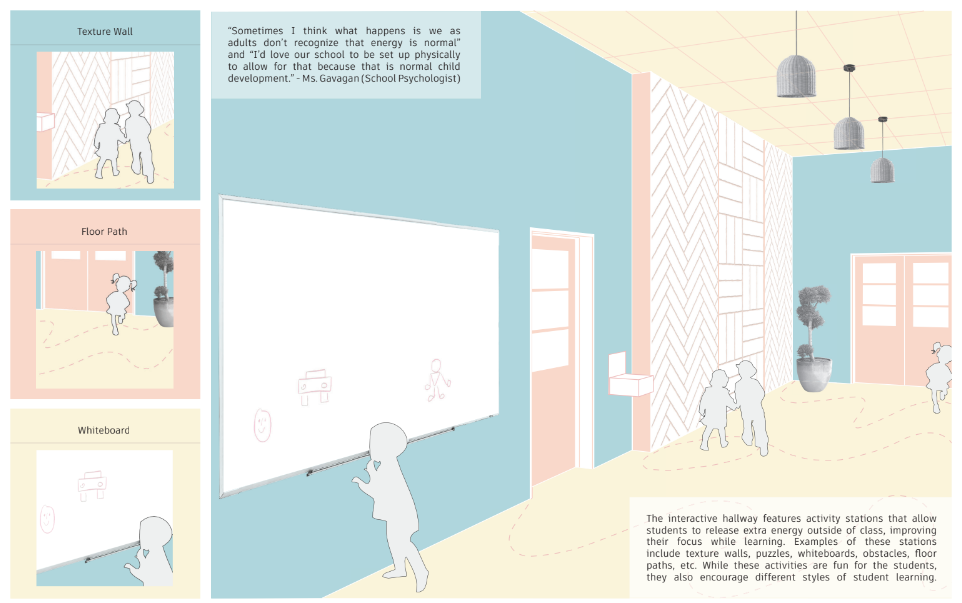
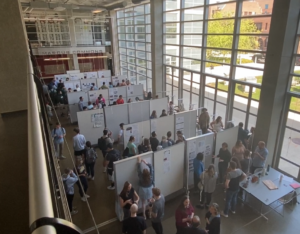 This spring our collaboration with UWM’s School of Architecture & Urban Planning (SARUP) and Center for Student Experience and Talent placed 128 architecture students in service learning roles in 15 Milwaukee and area schools. These students were enrolled in Arch 302, Architecture and Human Behavior, and the focus of their course work was the design of learning spaces. Over the course of the semester, each UWM student provided 20 hours of support to a classroom teacher, most often working directly with students. This provided a unique way to get a sense of both how the learning spaces they were in functioned, and view of what the school experience is like for both teachers and students.
This spring our collaboration with UWM’s School of Architecture & Urban Planning (SARUP) and Center for Student Experience and Talent placed 128 architecture students in service learning roles in 15 Milwaukee and area schools. These students were enrolled in Arch 302, Architecture and Human Behavior, and the focus of their course work was the design of learning spaces. Over the course of the semester, each UWM student provided 20 hours of support to a classroom teacher, most often working directly with students. This provided a unique way to get a sense of both how the learning spaces they were in functioned, and view of what the school experience is like for both teachers and students. UWM students used their service learning experience to identify spaces that could better support students and teachers. Working in teams of 2 to 4, the UWM students spent additional time in the school to interview students, teachers, and staff about the spaces they used. From that, the teams developed design proposals to address issues of concern or opportunities to tailor the space to better meet the needs of users. That work was shared in a public presentation at SARUP, and with each participating school.
UWM students used their service learning experience to identify spaces that could better support students and teachers. Working in teams of 2 to 4, the UWM students spent additional time in the school to interview students, teachers, and staff about the spaces they used. From that, the teams developed design proposals to address issues of concern or opportunities to tailor the space to better meet the needs of users. That work was shared in a public presentation at SARUP, and with each participating school.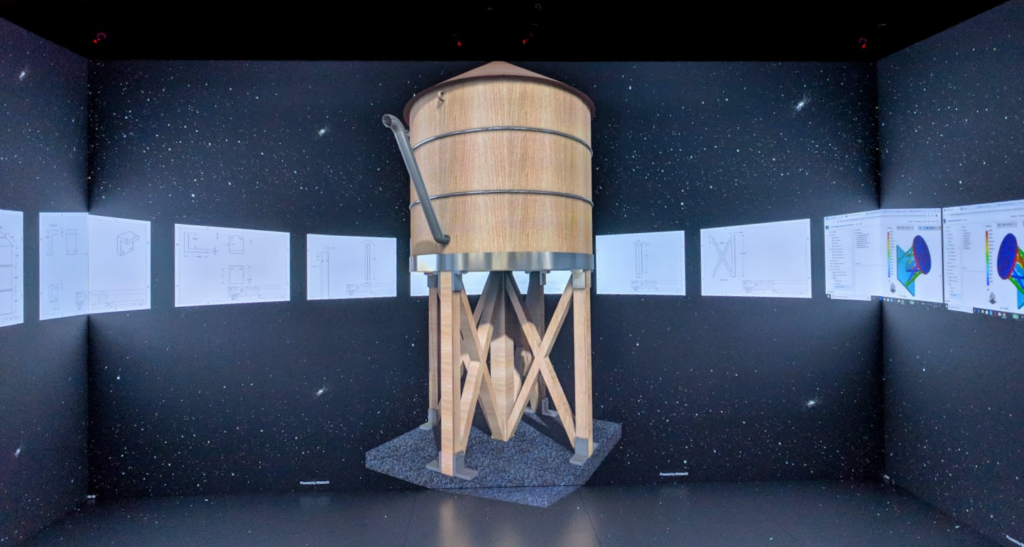
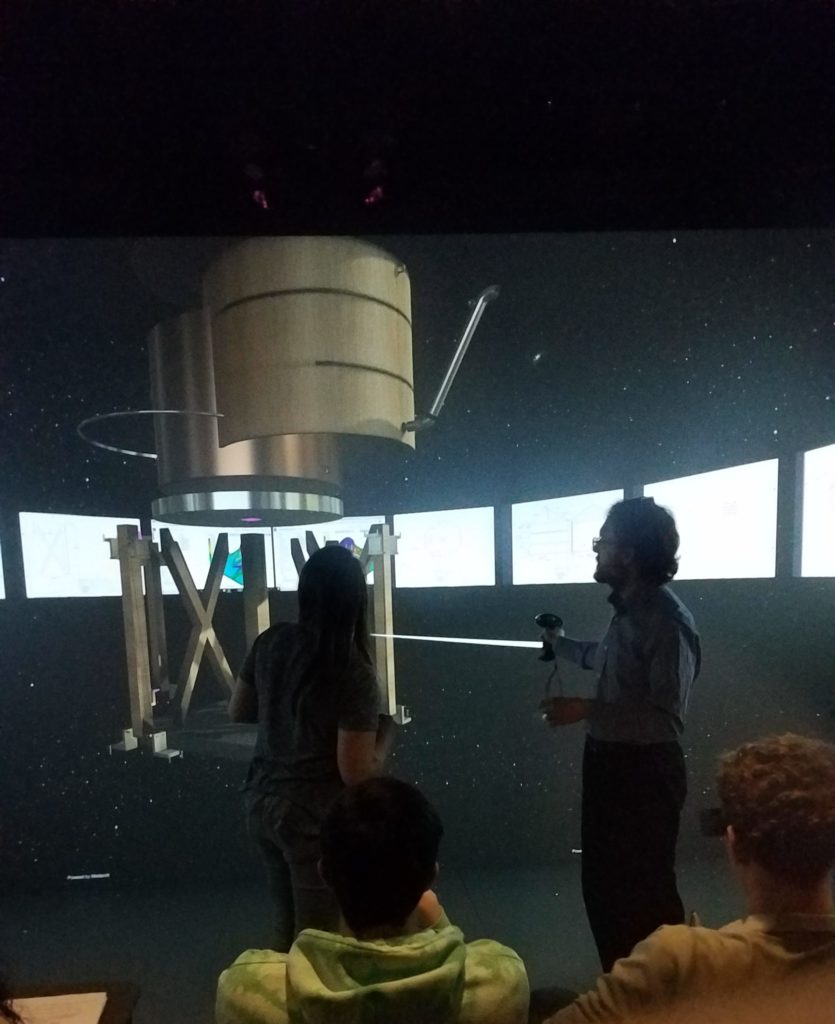
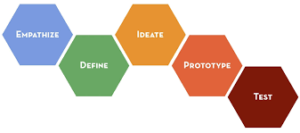
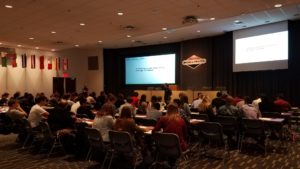 Beyond sparking some initial thinking, the session served as a great chance for teachers leading student teams to connect around how they look to run the project.
Beyond sparking some initial thinking, the session served as a great chance for teachers leading student teams to connect around how they look to run the project.